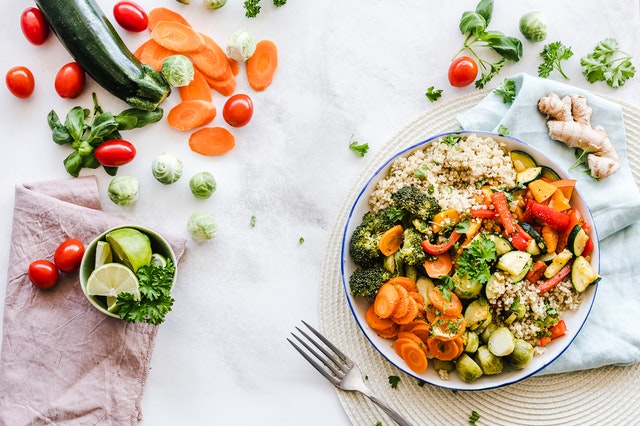Stevia for your coffee and tea contains zero calories, but it’s usually not completely natural.
Stevia sweetener, we are told, is the natural, organic, zero-calorie, zero-carb sugar substitute for coffee, tea, soft drinks, and desserts. But is your stevia sweetener really natural?
Dry Stevia Powders Taste Quite Different from Liquid Stevia Extracts
Modern manufacturing processes convert raw Stevia rebaudiana leaf into a pure plant chemical known as a rebaudioside. Unlike the stevia chemicals that get extracted with water to make liquid stevia sweeteners, these chemicals are free of natural stevia’s licorice-like aftertaste.
This chemical is 300 to 450 times as sweet as table sugar. It is so sweet, in fact, that if any stevia sweetener contained pure stevia rebaudiosides, a single packet would sweeten 25 gallons of coffee.
Diluting Stevia from Super-Sweet to Just Sweet Enough
Stevia has to be mixed with a far less intensely sweet agent to be palatable. Over 99% of the contents of your “stevia” packet in fact are not stevia. The three possibilities for cutting the intense sweetness of stevia so you can actually use your stevia sweetener are cane sugar, an artificial sweetener called xylitol, and an artificial sweetener called erythritol.
Sugar in Your Sugar-Free Sweetener?
Adding sugar to a sugar-free sweetener seems like a contradiction in terms, but it’s not an uncommon practice. Many “sugar-free” sweeteners are actually over 99 per cent sugar. The sugar can be sucrose, which is table sugar, or glucose, which is the kind of sugar used to frost cookies. There may be just 1 calorie of sugar in a packet of sweetener, but adding sugar contradicts claims that the product is sugar-free.
A Corn Cob Sweetener Sometimes Added to Stevia
Xylitol, like fructose, is made from corn, only it is refined from corn cobs, not corn kernels. Xylitol mixes well with stevia but it absorbs water from the atmosphere, eventually creating a soggy packet unless the packet is lined with foil.
Xylitol is not unhealthy. In chewing gum, it kills the strep bacteria that can cause ear infections. It alkalizes saliva, helping maintain minerals in the enamel of the teeth. It keeps bacteria from forming colonies on the surface of the gums. But it makes a clumpy product when it’s added to stevia.
The Artificial Sweetener Most Commonly Added to “Natural” Stevia
Erythritol tastes like sugar, and has the same feeling in the mouth as sugar. It occurs naturally in pears, and it is produced commercially by fermenting corn, wheat, or sugar beets.
Erythritol dissolves in water through an endothermic reaction, which is to say, it cools off your coffee as you stir it in. Unlike xylitol, erythritol does not cause stomach upset, and it kills some of the bacteria that cause tooth decay. It’s not a perfect artificial sweetener, but it works reasonably well when added to dry stevia extracts.
So is Your Stevia Sweetener Really Natural?
If you buy dry stevia sweetener in the US, Canada, Australia, or New Zealand, chances are that your purchase is a product that is 99.8 per cent erythritol. Millions of people have used stevia-erythritol blends without ill effects, but stevia sweetener definitely is not a natural product.


